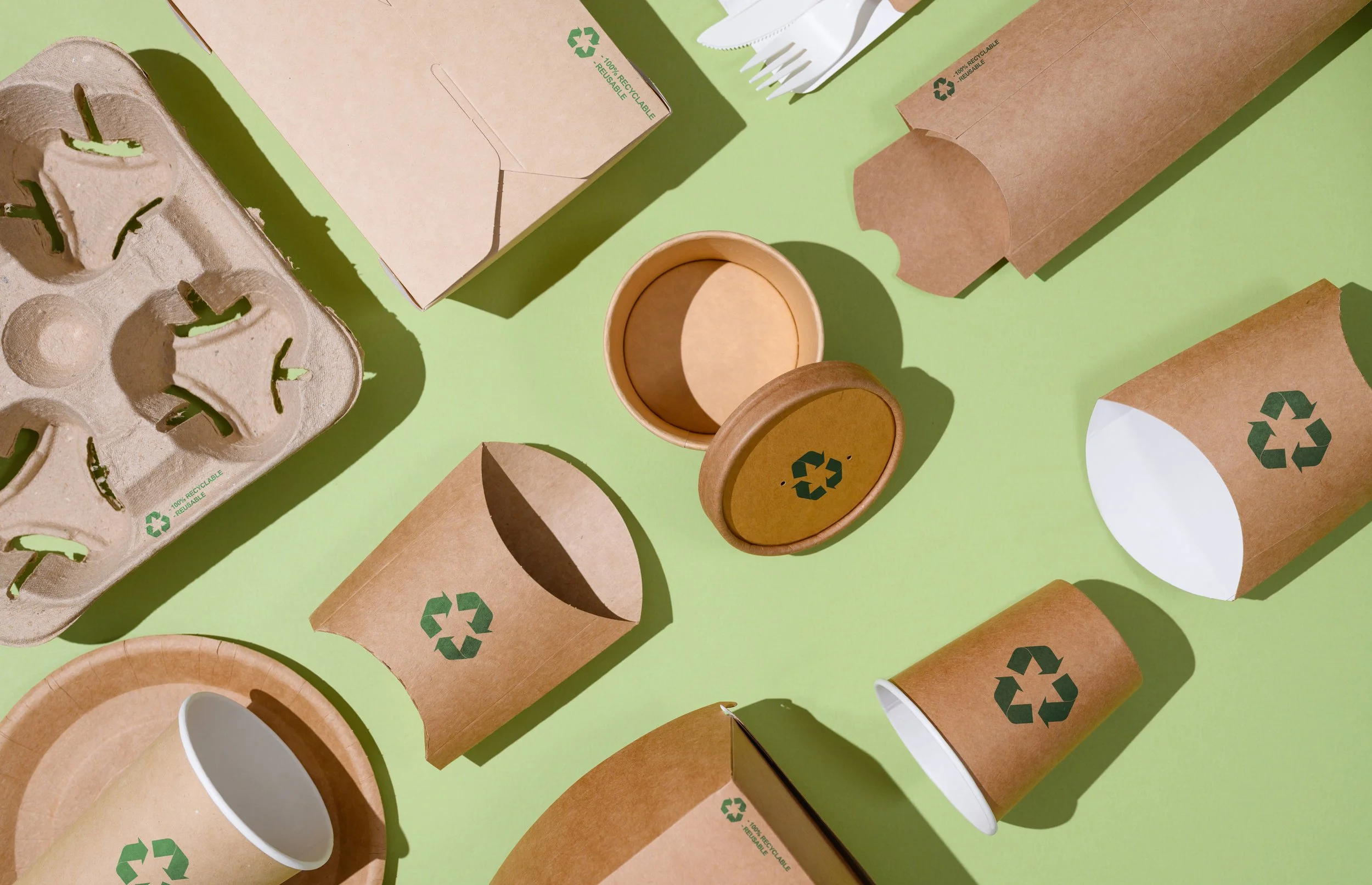Extended Producer Responsibility Drives the Circular Economy
From Greenstreets Environmental Resources (Canada)
September 18th, 2024
In society's journey toward sustainable development,
the ability to meet the needs of the present generation without compromising the ability of future generations to meet their own needs,
the circular economy has emerged as a transformative vision aiming to minimize waste, extend product lifecycles, and make the most of resources. A critical component of this system is Extended Producer Responsibility (EPR), which reshapes how businesses approach product design, manufacturing, and end-of-life management. Let’s explore how EPR fits into the circular economy and why it’s vital for sustainable progress.
Understanding Extended Producer Responsibility
Extended Producer Responsibility is a policy approach where the producers (of different product types and packaging) are given significant responsibility – financial and managerial – for the treatment or disposal of post-consumer products. This approach shifts the responsibility for waste management from governments and consumers to the producers themselves. The aim is to incentivize producers to design products that are easier to reduce, reuse, recycle or safely dispose of, thus integrating waste management into the product lifecycle.
EPR, or product stewardship, was created to address the growing environmental and health concerns associated with the disposal and recycling of 'difficult to manage' products - think of mercury containing products, batteries, pesticides, etc.
Four ways that EPR Contributes to the Circular Economy:
Encouraging Sustainable Design: EPR motivates companies to design products with their entire lifecycle in mind. By considering the recyclability and reusability of materials during the design phase, producers can reduce the product's environmental impact and enhance resource efficiency. For instance, limiting additives or choosing easily separable materials can make recycling processes more efficient and less costly.
Enhancing Recycling and Reuse: EPR programs often include targets for recycling rates and material recovery. By establishing systems to collect and recycle products, producers can close the loop in their supply chains, ensuring materials are reused instead of discarded. This leads to the creation of secondary raw materials markets, which can significantly reduce the demand for new resources and decrease the overall environmental footprint of manufacturing.
Driving Innovation: The need to comply with EPR regulations can drive technological and business model innovations. Companies are incentivized to explore new methods of production and disposal, such as vertically integrated supply chains or product-as-a-service models, which can significantly reduce waste. Innovation also extends to developing new recycling technologies and infrastructure that can handle a broader range of materials more efficiently.
Reducing Environmental Impact: With producers responsible for their products' environmental footprint, EPR can lead to reduced pollution and waste. This supports broader sustainability goals, such as reducing greenhouse gas emissions and minimizing the presence of hazardous substances to humans and the environment. Effective EPR implementation can contribute to cleaner air, water, and soil, fostering a healthier planet.
Challenges and Opportunities
While EPR offers significant benefits, its implementation can be challenging. Companies may face increased costs associated with redesigning products and ensuring that they will continue to be accepted by local recycling infrastructure. Additionally, challenges may exist with maintaining compliance as EPR evolves and expands, something that Greenstreets Environmental Resources specializes in.
However, these challenges also present opportunities for growth and differentiation. By embracing EPR, companies can gain a competitive edge through sustainable practices, meet consumer demand for eco-friendly products, and potentially reduce costs in the long run through improved efficiency. Businesses that lead in sustainability tend to mitigate reputational risks, strengthen their brand image and drive customer loyalty.
The Global Perspective
Across the globe, countries are increasingly embracing EPR policies to tackle waste management issues and promote the shift towards a circular economy. The European Union (EU) has been at the forefront of EPR implementation, extending it to various sectors such as Sports and Leisure Goods in France and the Single-Use Plastics Directive within the EU. Meanwhile, Japan has introduced a Home Appliance Recycling Law, which encourages producers to design electronics that are easier to dismantle and recycle. With more countries adopting EPR frameworks, there is a growing opportunity for international cooperation and the exchange of best practices.
Extended Producer Responsibility is a fundamental instrument in the circular economy, driving sustainable design, resource efficiency, and innovation while holding producers accountable for their products throughout their lifecycle. As businesses and policymakers continue to embrace EPR, it will play an increasingly important role in achieving a circular economy and a sustainable future. The transition may present challenges, but it also offers immense potential for positive environmental and socioeconomic impacts, fostering a more sustainable world for future generations.

